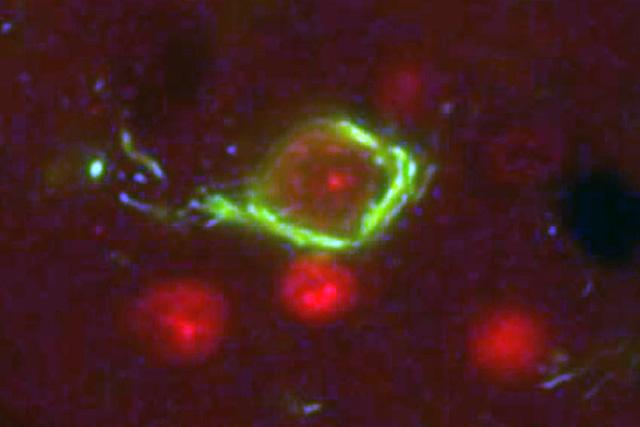
Targeting tau, the other protein behind Alzheimer’s disease
In November, researchers reported the drug lecanemab slowed the progression of Alzheimer’s disease.

The effect was modest, but it has generated tremendous excitement because it was the first time a drug had been shown to be able to affect the course of this relentless, incurable disease.
But many researchers believe that for any treatment to have a major impact on the course of Alzheimer’s, they will also have to target a second protein that to date has not received as much attention as beta-amyloid, a protein called tau.
“The amyloid plaques start the disease cascade, so it makes sense to try to eliminate them, but it’s tau that kills the cells,” said Dr. Brian Kraemer, research professor (Gerontology and Geriatric Medicine) and senior author on the paper.
In an article published this week in PNAS, researchers report the identification of a protein that appears to be crucial in forming abnormal collections of tau. The scientists showed that by blocking the gene required for the production of the protein it is possible to prevent the accumulation of tau in an animal model.